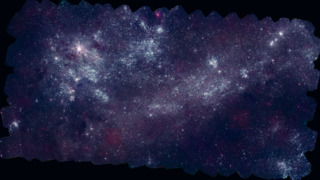Planets and Moons
ID: 12003
Researchers using NASA's Fermi Gamma-ray Space Telescope have discovered the first gamma-ray pulsar in a galaxy other than our own. The object sets a new record for the most luminous gamma-ray pulsar known.
The pulsar lies in the outskirts of the Tarantula Nebula in the Large Magellanic Cloud, a small galaxy that orbits our Milky Way and is located 163,000 light-years away. The Tarantula Nebula is the largest, most active and most complex star-formation region in our galactic neighborhood. It was identified as a bright source of gamma rays, the highest-energy form of light, early in the Fermi mission. Astronomers initially attributed this glow to collisions of subatomic particles accelerated in the shock waves produced by supernova .
However, the discovery of gamma-ray pulses from a previously known pulsar named PSR J0540-6919 shows that it is responsible for roughly half of the gamma-ray brightness previously thought to come from the nebula.
Gamma-ray pulses from J0540-6919 have 20 times the intensity of the previous record-holder, the pulsar in the famous Crab Nebula. Yet they have roughly similar levels of radio, optical and X-ray emission. Accounting for these differences will guide astronomers to a better understanding of the extreme physics at work in young pulsars.
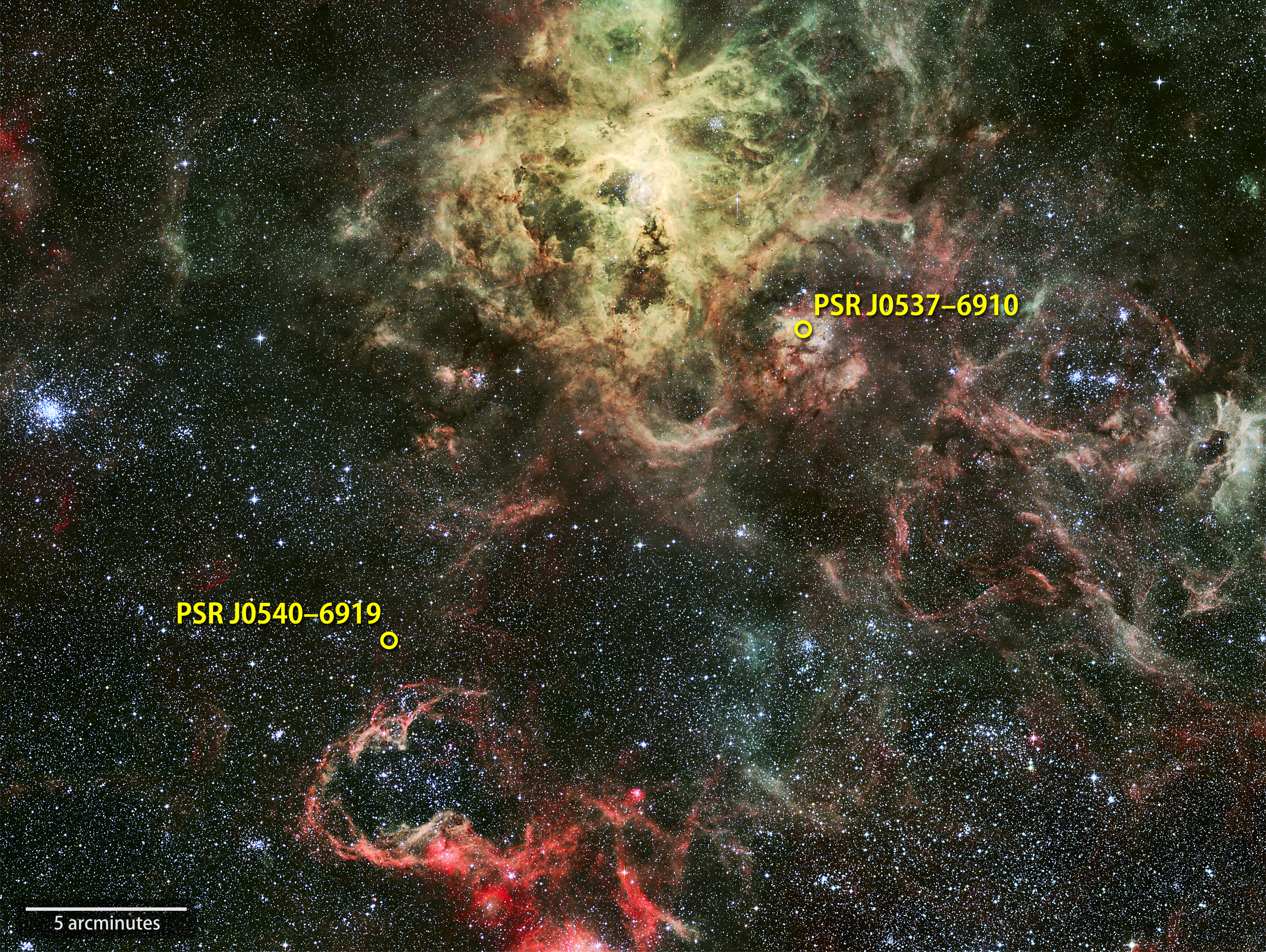
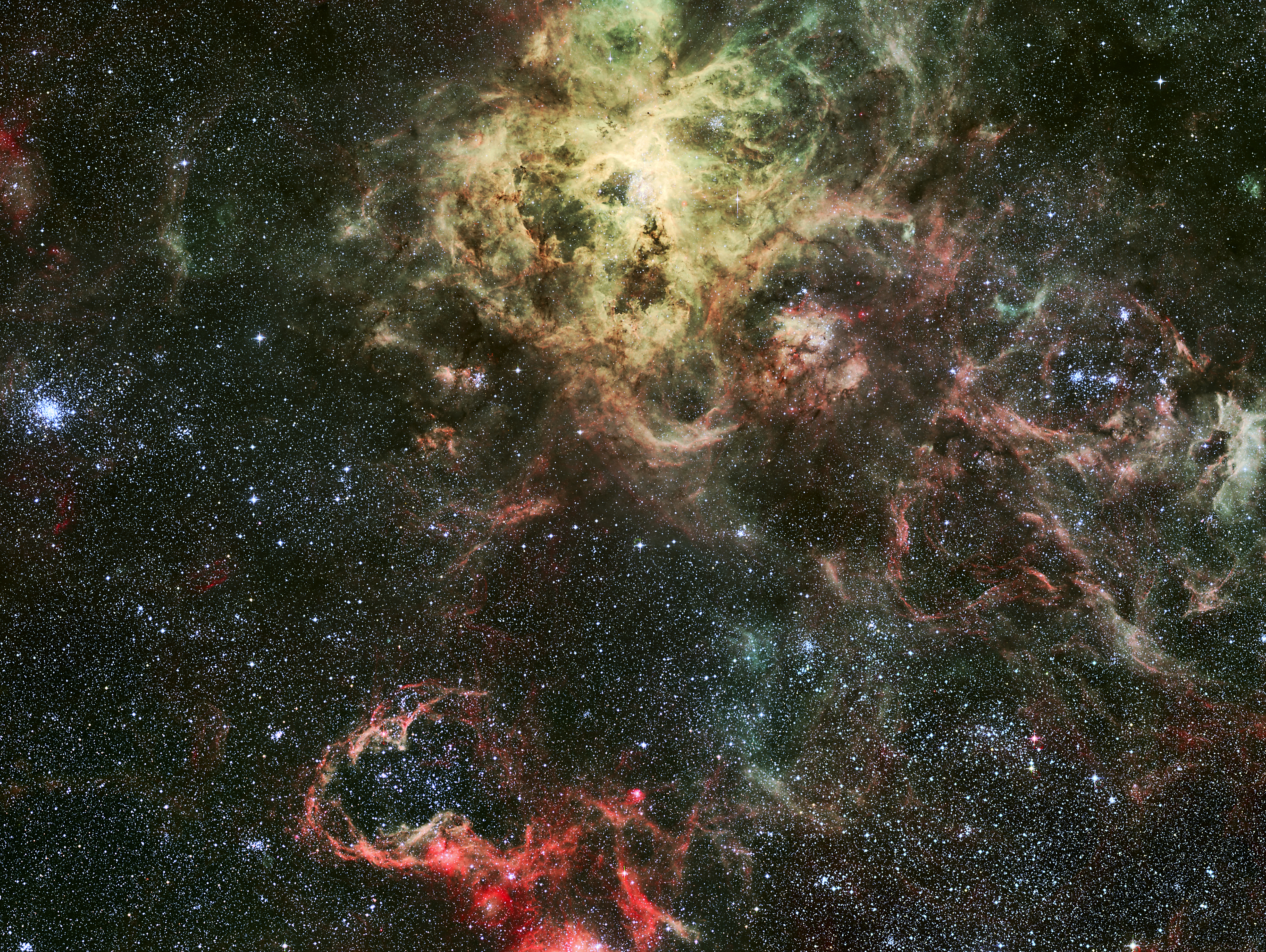
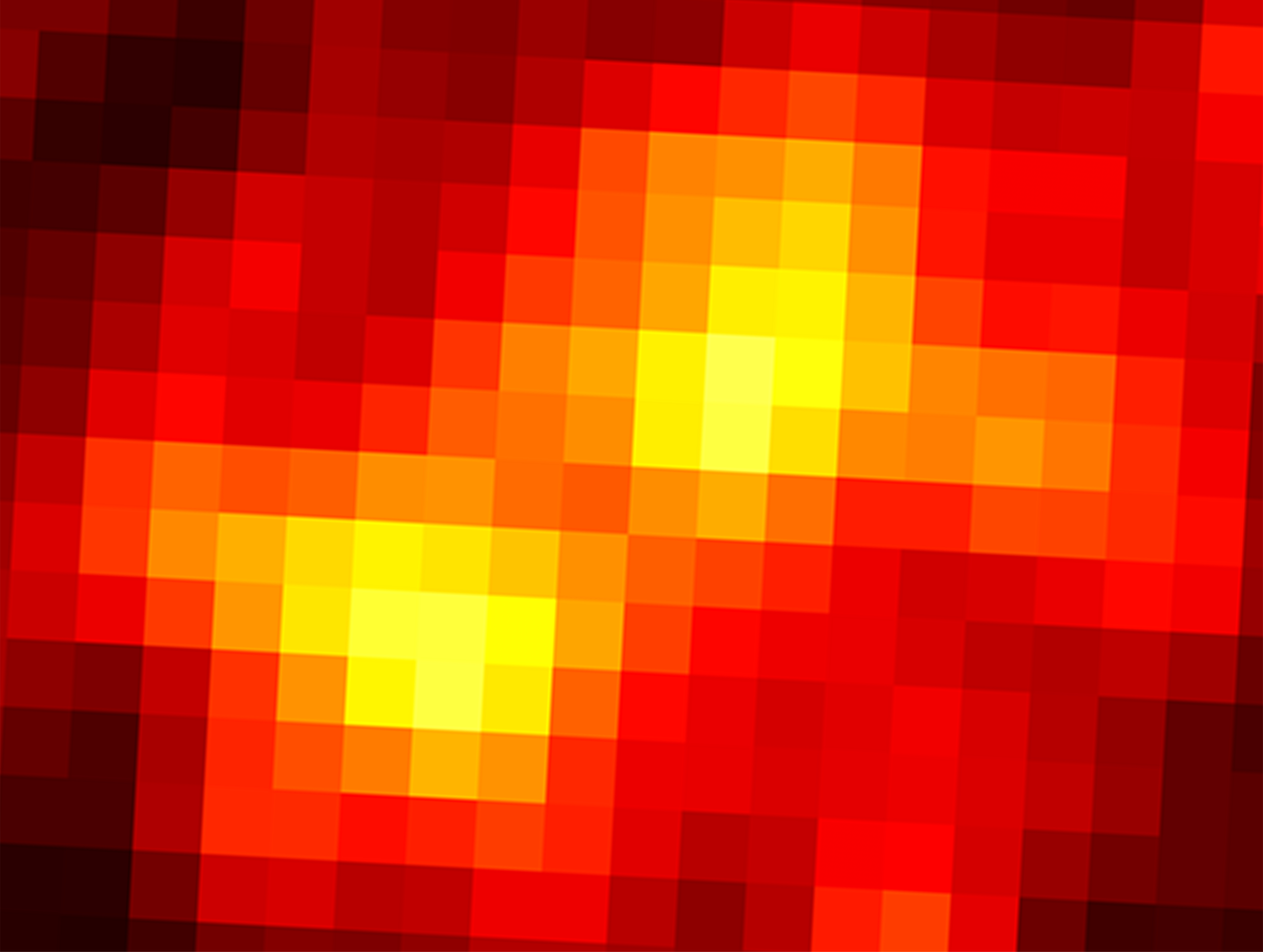
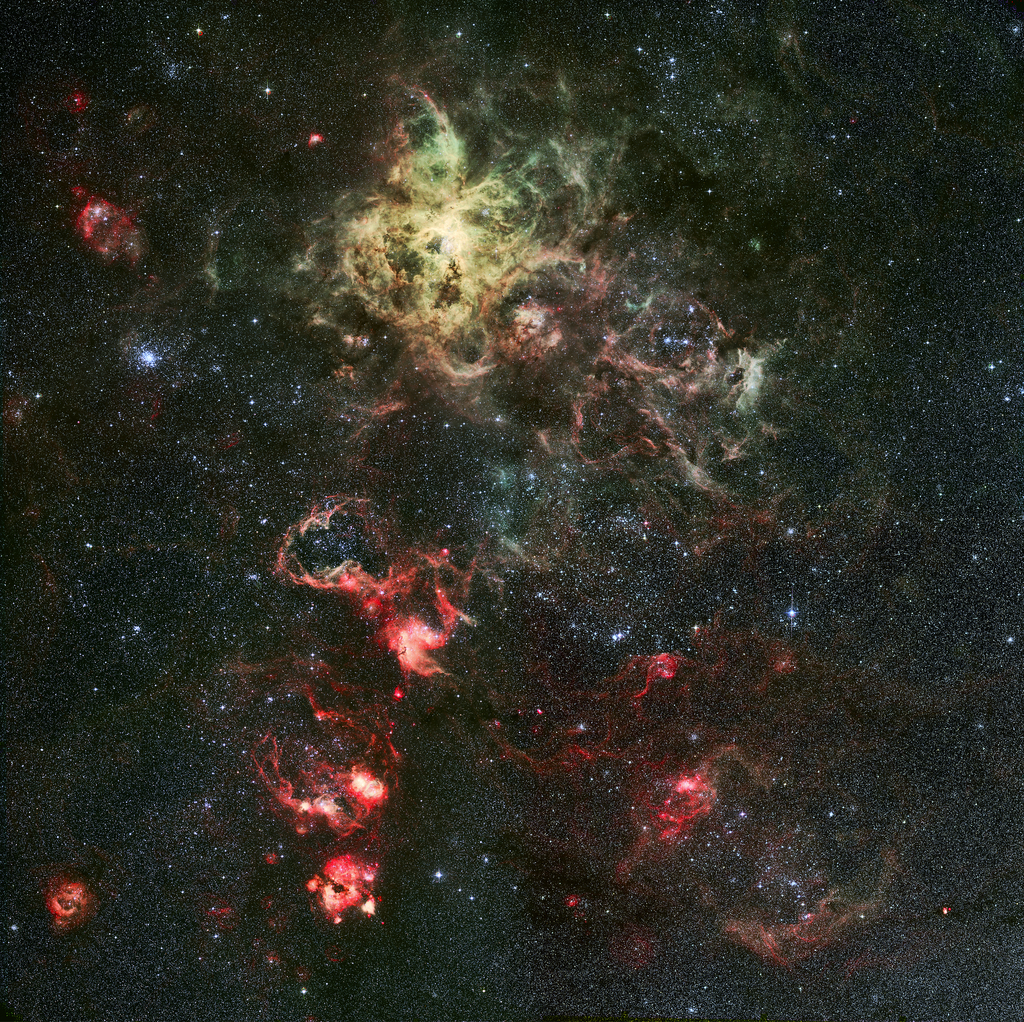
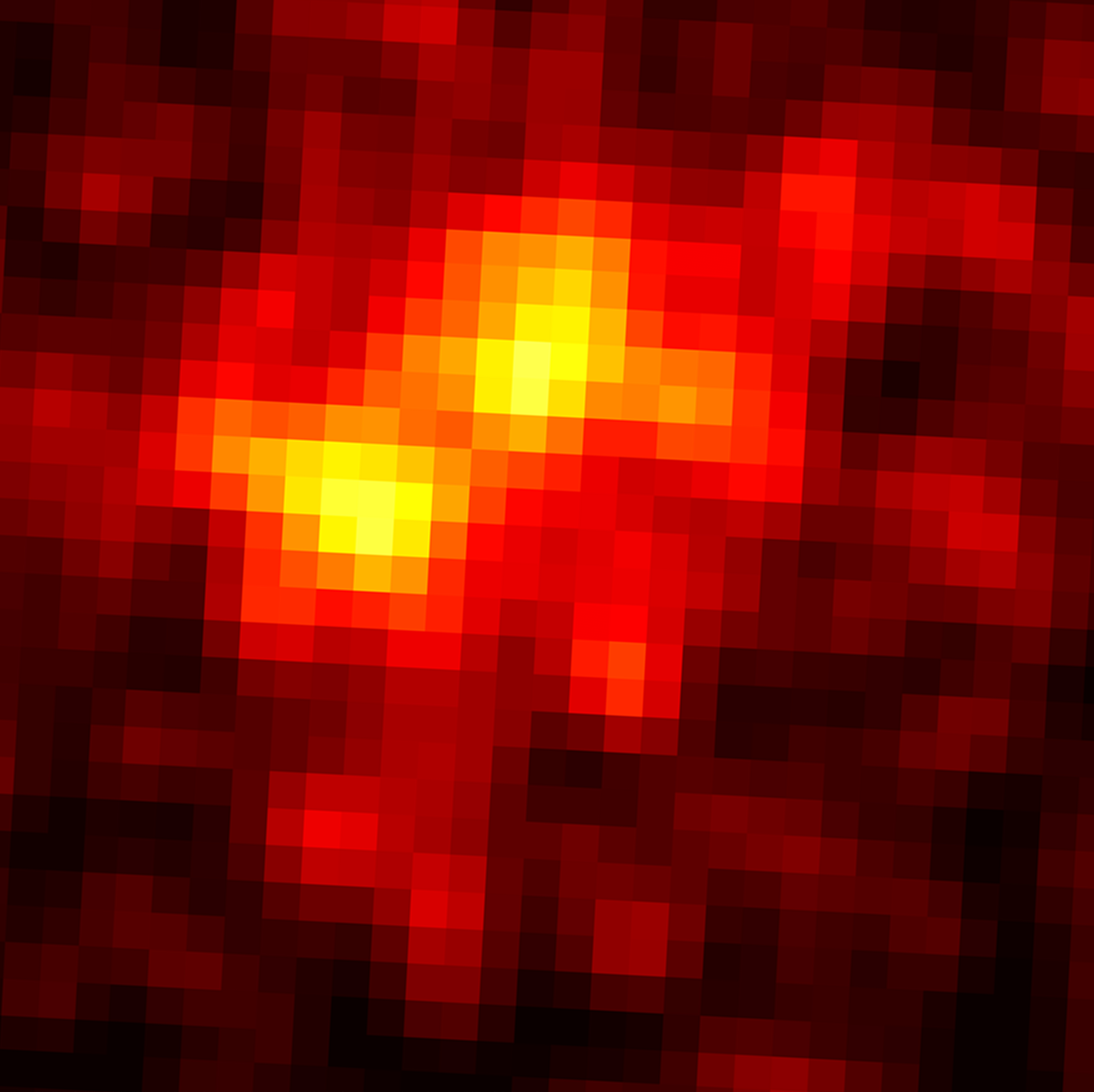

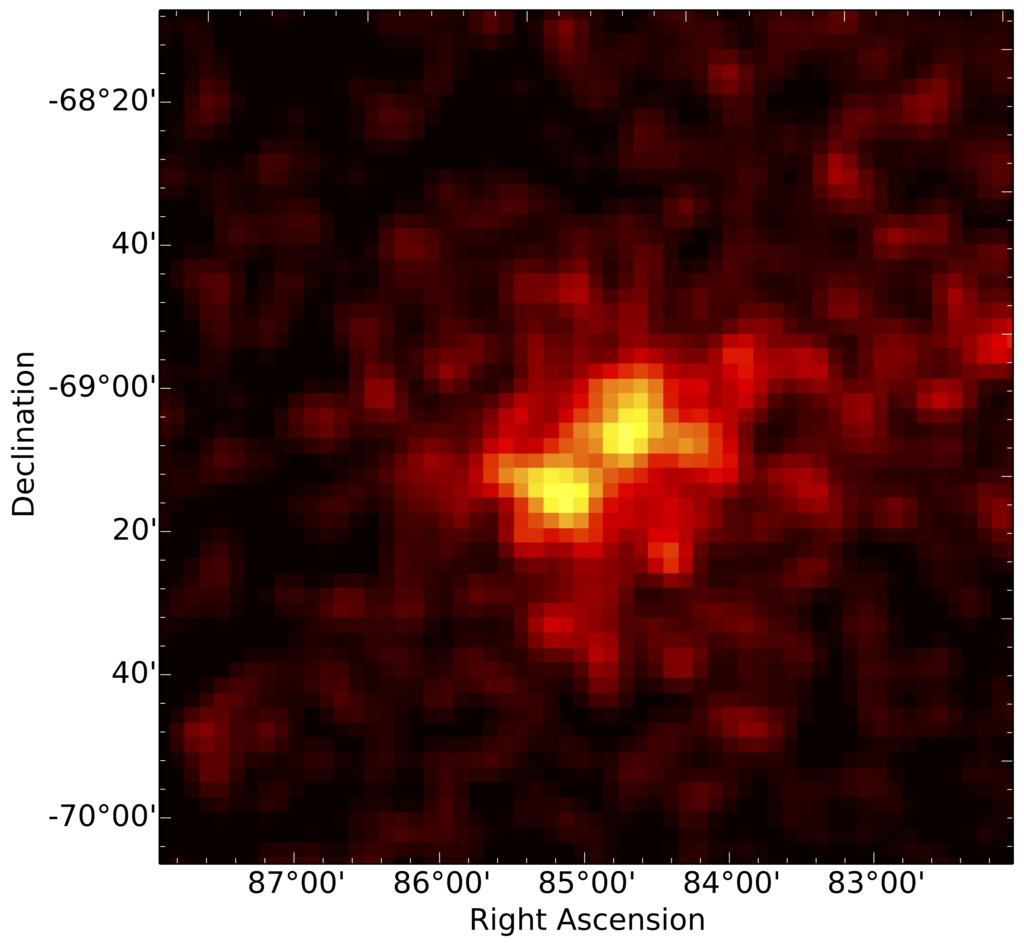
Fermi finds the first extragalactic gamma-ray pulsar
The pulsar lies in the outskirts of the Tarantula Nebula in the Large Magellanic Cloud, a small galaxy that orbits our Milky Way and is located 163,000 light-years away. The Tarantula Nebula is the largest, most active and most complex star-formation region in our galactic neighborhood. It was identified as a bright source of gamma rays, the highest-energy form of light, early in the Fermi mission. Astronomers initially attributed this glow to collisions of subatomic particles accelerated in the shock waves produced by supernova .
However, the discovery of gamma-ray pulses from a previously known pulsar named PSR J0540-6919 shows that it is responsible for roughly half of the gamma-ray brightness previously thought to come from the nebula.
Gamma-ray pulses from J0540-6919 have 20 times the intensity of the previous record-holder, the pulsar in the famous Crab Nebula. Yet they have roughly similar levels of radio, optical and X-ray emission. Accounting for these differences will guide astronomers to a better understanding of the extreme physics at work in young pulsars.







Related
For More Information
Credits
Scott Wiessinger (USRA): Narrator
Francis Reddy (Syneren Technologies): Science Writer
Scott Wiessinger (USRA): Writer
Scott Wiessinger (USRA): Lead Producer
Scott Wiessinger (USRA): Animator
Francis Reddy (Syneren Technologies): Science Writer
Scott Wiessinger (USRA): Writer
Scott Wiessinger (USRA): Lead Producer
Scott Wiessinger (USRA): Animator
Please give credit for this item to:
NASA's Goddard Space Flight Center. However, individual items should be credited as indicated above.
NASA's Goddard Space Flight Center. However, individual items should be credited as indicated above.
Short URL to share this page:
https://svs.gsfc.nasa.gov/12003
Missions:
Chandra X-Ray Observatory
Fermi Gamma-ray Space Telescope
RXTE
This item is part of these series:
Narrated Movies
Astrophysics Stills
Astrophysics Features
Goddard TV Tape:
G2015-084 -- LMC Pulsar
Keywords:
SVS >> Galaxy
SVS >> HDTV
SVS >> Neutron Star
SVS >> X-ray
GCMD >> Earth Science >> Spectral/Engineering >> Gamma Ray
SVS >> Astrophysics
SVS >> Pulsar
SVS >> Space
SVS >> Fermi
SVS >> Supernova
SVS >> RXTE
NASA Science >> Planets and Moons
SVS >> Chandra
GCMD keywords can be found on the Internet with the following citation: Olsen, L.M., G. Major, K. Shein, J. Scialdone, S. Ritz, T. Stevens, M. Morahan, A. Aleman, R. Vogel, S. Leicester, H. Weir, M. Meaux, S. Grebas, C.Solomon, M. Holland, T. Northcutt, R. A. Restrepo, R. Bilodeau, 2013. NASA/Global Change Master Directory (GCMD) Earth Science Keywords. Version 8.0.0.0.0
https://svs.gsfc.nasa.gov/12003
Missions:
Chandra X-Ray Observatory
Fermi Gamma-ray Space Telescope
RXTE
This item is part of these series:
Narrated Movies
Astrophysics Stills
Astrophysics Features
Goddard TV Tape:
G2015-084 -- LMC Pulsar
Keywords:
SVS >> Galaxy
SVS >> HDTV
SVS >> Neutron Star
SVS >> X-ray
GCMD >> Earth Science >> Spectral/Engineering >> Gamma Ray
SVS >> Astrophysics
SVS >> Pulsar
SVS >> Space
SVS >> Fermi
SVS >> Supernova
SVS >> RXTE
NASA Science >> Planets and Moons
SVS >> Chandra
GCMD keywords can be found on the Internet with the following citation: Olsen, L.M., G. Major, K. Shein, J. Scialdone, S. Ritz, T. Stevens, M. Morahan, A. Aleman, R. Vogel, S. Leicester, H. Weir, M. Meaux, S. Grebas, C.Solomon, M. Holland, T. Northcutt, R. A. Restrepo, R. Bilodeau, 2013. NASA/Global Change Master Directory (GCMD) Earth Science Keywords. Version 8.0.0.0.0
